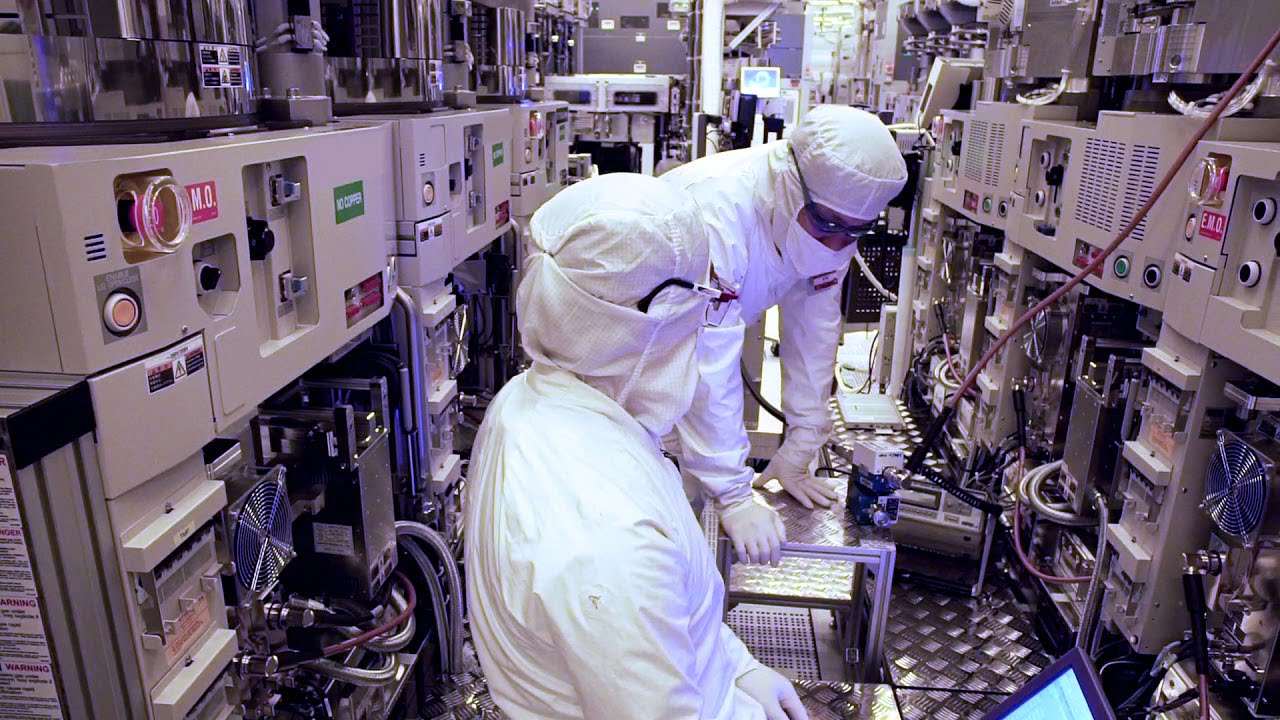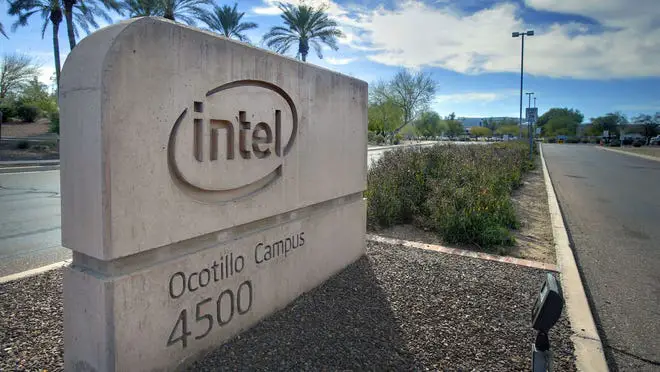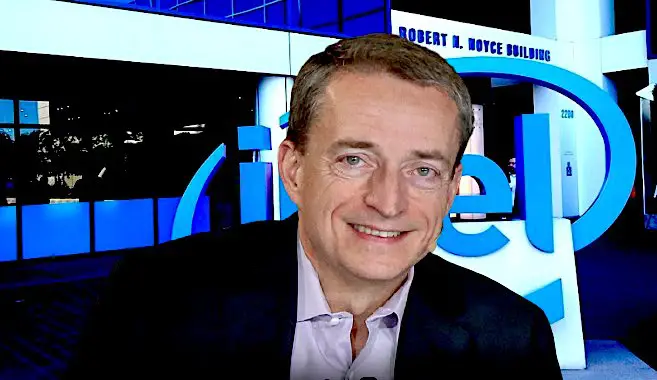We already know Intel is investing a lot into the hardware market but according to the latest news, the company is about to spend $20B on new chip factories. The first moves led by Pat Gelsinger are quite ambitious. Intel’s new CEO has been in office for a short time but he was able to take very important decisions. It is clear that over the next few years this veteran engineer will be the main architect of the steps this company will take.
The conference in which Gelsinger unveiled the company’s new manufacturing strategy comes just over a month after his return to the company where he took his first professional steps in the late ’70s. And it comes at a delicate time when some of its competitors in the semiconductor production market, such as TSMC or Samsung, are well established in large-scale manufacturing with more advanced technologies than those used by Intel.

It is clear that a company of the size of Intel cannot afford to face the future with hesitant steps, and the decisions that Gelsinger has drawn a future in which the company will recover the prominence it has ceded in recent years to some of its competitors.
New factories aim to expand the company’s production capacity
The most forceful move of all those announced by Pat Gelsinger reflects a major commitment to developing the company’s semiconductor manufacturing infrastructure. They will invest approximately $20B to develop two new factories at its Ocotillo campus in Arizona (USA).
In addition, he has confirmed what was anticipated a little over a month ago by Norberto Mateos, CEO of Intel Spain: Meteor Lake, the first microarchitecture implemented on Intel’s 7 nm process, will arrive in 2023. And, as expected, it will use the hybrid architecture combining low-power cores and high-performance cores that will be offered by the 12th generation Core Alder Lake processors during the second half of 2021.

But that’s not all. Gelsinger has also assured that Intel wants to contribute to meeting the huge demand for semiconductors that currently exists both in the United States and in Europe and to achieve this it has created a new division in the company known as IFS (Intel Foundry Services) that will not only be responsible for the production of chips with x86-64 architecture but also ARM and RISC-V.
Another measure that Gelsinger has unveiled that is worth noting is that the company will rely more on other semiconductor manufacturers in the future. In recent years, other foundries have produced some of Intel’s products for the company, such as communications chips, graphics processors, and chipsets, but it is clear from Gelsinger’s statements that in the coming months the company will strengthen its alliance with other semiconductor manufacturers.
There is no doubt that it is good news for users that competition among semiconductor manufacturers is becoming fiercer. Ideally, companies such as Intel, TSMC, Samsung, GlobalFoundries, and others should remain in the best possible shape. Only then will they be able to bring truly competitive products to market. And, as always, this scenario will benefit us, the users.





